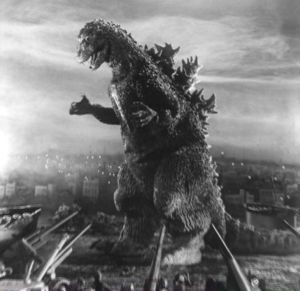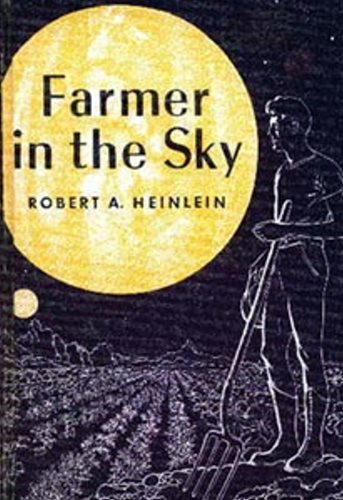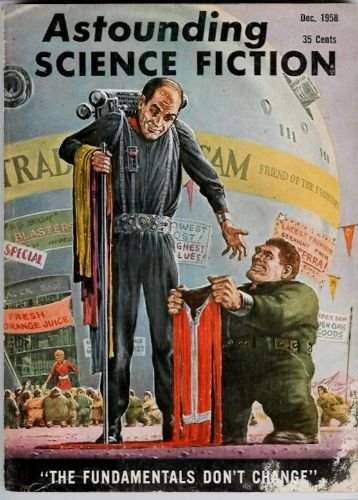Greetings from the Orient! More specifically, hello from the Shinjuku area of Tokyo, Japan.
It is hard to believe that, just thirteen years ago, the ward that is now Shinjuku had been virtually destroyed by American bombs. Shinjuku today is a bustling commercial and transport hub with a giant train station and every imaginable kind of shop.
These days, if the movies coming out of Japan are any indication, Tokyo's biggest threat comes not from the skies, but from the sea. In 1954, Japan began what appears will be a long-running series of motion pictures featuring a giant dinosaur from the deep ravaging the countryside of this archipelago. The Japanese call him (her?) Gojira, which is a punning combination of Gorilla and Kujira, the Japanese word for whale. This name is meant to convey Gojira's immense size.

You may not have heard of Gojira, but you certainly know its renamed alter-ego–in 1956, a largely similar cut of the film was released in the United States, dubbed in English, and with linking scenes featuring Raymond Burr. In this version, the monster was named Godzilla, and it looks like it will keep this name when the sequels come to America.
The phrase “Japanese product” generally connotes a cheaply made, mass-produced good. When I watched this film back in '54, this is what I expected. I was pleasantly surprised. The premise is simple: Godzilla is a several-hundred foot tall Tyrannosaurus Rex that can shoot fire from its mouth. He comes out of the sea, attacks Tokyo, is repelled at first by an enormous, hastily erected electric fence, but he quickly recovers and demolishes the city. He is repelled at last through the use of a pseudo-scientific substance that strips an area of all of its oxygen thus removing the flesh of all creatures within the affected zone.

That does sound awfully silly at first blush. What redeems the film is its style. It is shot in a very effective moody fashion, almost film-noir. The characters are nicely developed, especially Hirata Akihiko, who plays the erratic, noble scientist who develops the anti-oxygen substance; the famous Shimura Takashi, playing the elder scientist, Dr. Yamane Kyouhei; and the lovely Kochi Momoko, who plays Dr. Yamane's daughter, Emiko. Takarada Akira, who plays the movie's protagonist, Hideto, is handsome enough, but he failed to impress as strongly.
What's particularly affecting, and this was highly controversial with the Japanese public, are the scenes of widespread destruction. Japan's war wounds, self-inflicted though they ultimately may have been, are but half healed. The burnt wastelands shown in the film can't help but evoke landscapes that were widespread a short decade ago. For many, it was gratuitous and exploitative. I'm sure many moviegoers walked out.
On the other hand, the movie scratches the same itch as knocking over sand castles. Let's face it–most people have an inner child that likes seeing things go boom, and Gojira/Godzilla does this very satisfyingly. Moreover, it manages to do so while maintaining high production values, good acting (at least in the original Japanese), and even some decent moralizing. If you get a chance to see the original film with subtitles, I recommend it. It is a more serious film, I think.
As for the sequels… well…
Stay tuned for the next article!
(Confused? Click here for an explanation as to what's really going on)
This entry was originally posted at Dreamwidth, where it has comments. Please comment here or there.




.jpg)